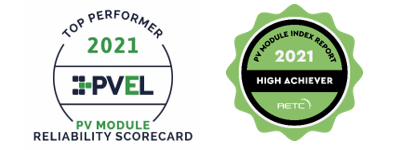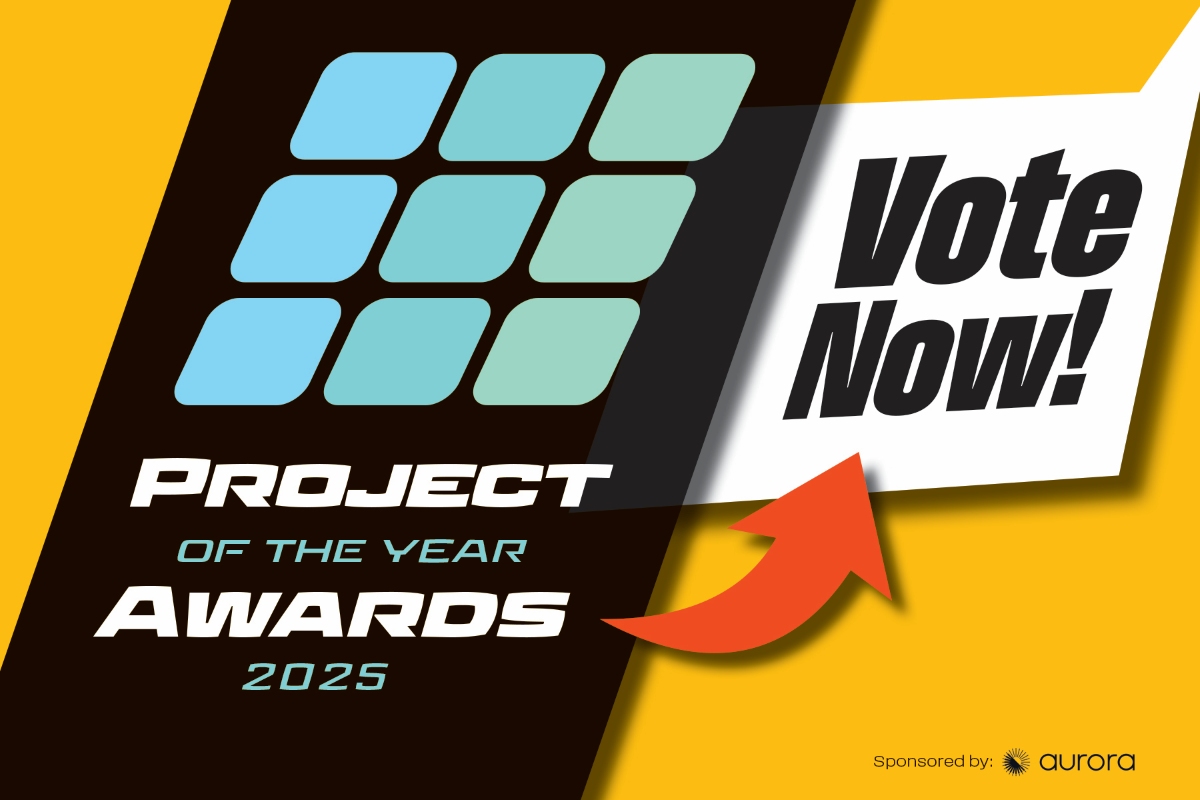Quality and Reliability Matter: Looking at the Latest PV Module Scorecard Reports

Some in the clean energy sector consider PV modules to be commodities, interchangeable and undifferentiated. The look, feel, relative wattage/output, and pricing of most solar modules would seem to confirm that opinion. But the truth is, there are several points of differentiation between various modules, mostly around quality, reliability, performance and ultimate bankability. But don’t take our word for it—two of the leading independent testing labs have come out with their new module scorecards. The results show that there are significant differences between PV module top performers and the also-rans.
The two labs that issue the scorecard reports, PV Evolution Labs and Renewable Energy Testing Center (better known by their respective acronyms, PVEL and RETC), each put dozens of manufacturers’ modules through a rigorous sequence of extended testing. Thermal cycling, damp heat, mechanical stress, potential-induced degradation (PID), light-induced degradation (LID), backsheet durability, thresher matrix, and PAN performance are among the protocols.
Keep in mind that the testing the labs perform goes well beyond those required for a module to become certified by IEC 61215 and the like. In other words, they do their utmost to take the modules to the brink of failure—and beyond.
Module companies with products that come through the battery of tests with no failures are awarded Top Performer (PVEL) or High Achiever (RETC) status. Many modules pass some of the tests, but fewer pass all the tests. In both labs’ datasets, there are trends that reveal underlying issues with modules’ bills of materials, or BOMs (all the components that comprise the module—cells, backsheets, interconnects, junction boxes, diodes, etc.).
It is important to choose your solar modules wisely because while many modules look similar on the outside, the way they perform over time can be vastly different. PVEL’s tests found 26% of the module BOMs tested for this year’s scorecard had at least one failure, and one in three manufacturers had junction-box failures. One of RETC’s test sequences, where modules are subjected to 2,000 hours of damp heat (double the time required for IEC and UL certification), found 20% of the modules experienced greater than 5% loss of power.
Despite some modules performing less than ideally, there are module choices out there that passed with flying colors. LONGi is one of a handful that passed all the tests, garnering both PVEL Top Performer and RETC High Achiever status by meeting or exceeding the parameters for every test sequence without any failures.
The tests completed by PVEL and RETC prove that module quality and reliability matter, from the beginning of the manufacturing process all the way to the finished product. Installers and distributors that choose modules from top-performing manufacturers like LONGi can rest assured in the quality and reliability these modules provide.
This post was contributed and sponsored by LONGi Solar.





Comments are closed here.